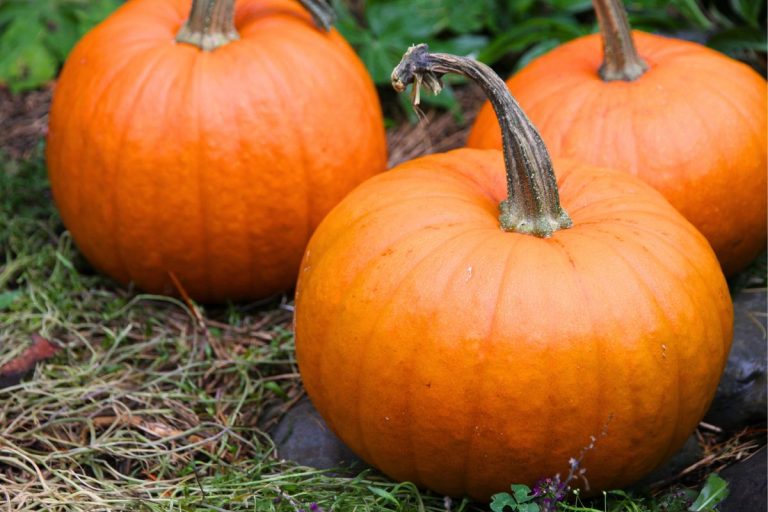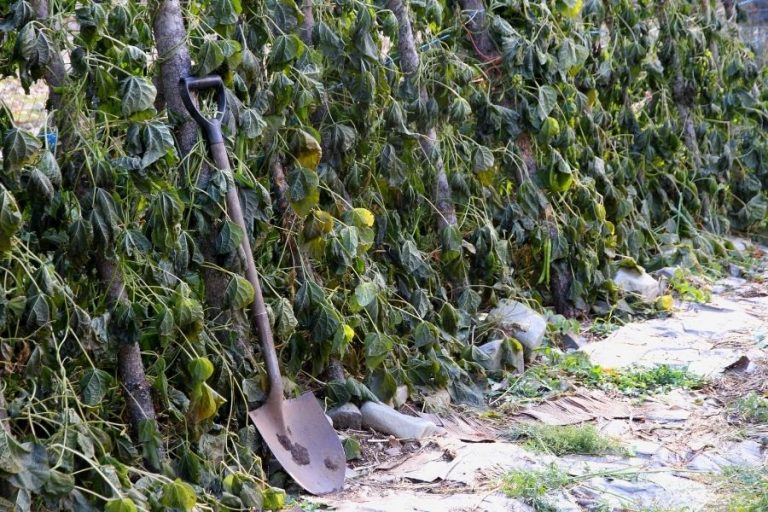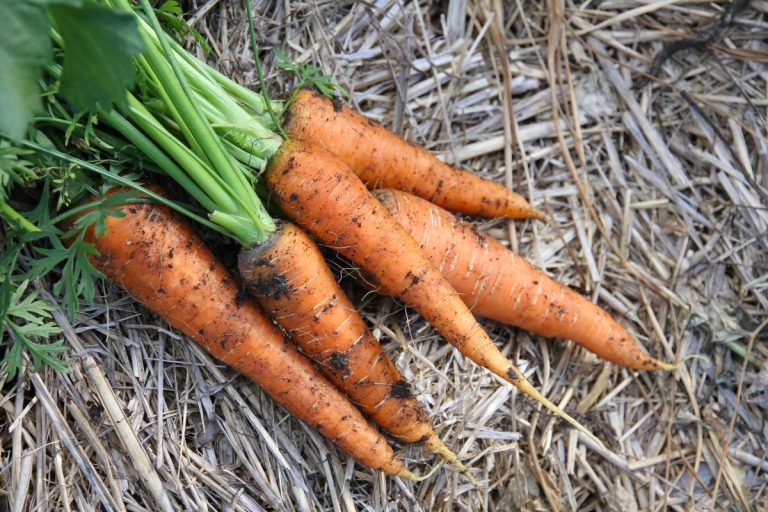How to Cure and Store Potatoes for Winter
Learn how to harvest, cure and store potatoes for winter, so you and your family can enjoy them all winter long!

Why You Should Store Garden Potatoes for Winter
Potatoes are one of those crops that I like to grow a year's supply of. Commercially produced potatoes just aren't the same in flavor or texture. Nor do they have the same amount of nutrients to offer. These are all good reasons to grow your own!
The primary reason I grow and store our own potatoes for winter eating is because commercially-grown potatoes are heavily treated with sprays and chemicals that are harmful to the human body.
Don't take my word for it. Just take a few minutes to read this article by Dr Axe with the Dirty Dozen list, and you'll understand.
For the sake of your health and the health of your family, it's worth learning how to grow, cure and store potatoes for winter!
Which Potatoes Are Best for Storage?
Did you know that not all potato varieties keep well in storage? That's right! Some have very thin or even flaky skins, and while these certainly will keep for a while, I recommend growing late season potatoes if you want to eat home-grown potatoes until spring.
The below varieties are sometimes referred to as winter keepers because of their self-preserving qualities.
- Kennebec
- Kahtadin
- Red Pontiac
- Russian Purple
- Russian Burbank
- Warba
- Yukon Gold

How to Cure and Store Potatoes for Winter
If you're reading this tutorial, I assume you already know how to grow potatoes. If not, be sure to read my tutorial on how to plant potatoes step by step!
Let me walk you through how to cure potatoes so they last longer in storage and also, how to store them for winter.
When to Harvest Potatoes for Winter Storage
Potatoes are one of those vegetables that have a long harvest window. But here's the thing: when you are harvesting potatoes for winter storage, you want to leave them in the garden for as long as possible.
Once they come out of the ground, the "lifespan" clock starts to tick. So I like to leave mine in until the first frost of fall. The only time I lift them earlier is if we are going to get heavy fall rains.
No one likes digging through mud to harvest potatoes! And the mud that sticks to these tubers is just awful to deal with when cleaning them for use.
When in doubt, lift them out.

Tips for Harvesting Potatoes
Potatoes intended for winter storage should be carefully lifted by hand, with a shovel or a pitchfork.
My man and I never will agree on which way is best!
I like to use my hands. Pulling up the tops and removing clinging potatoes, I dig around in the soil underneath, searching for the rest. But he prefers to use a shovel and digs down deep, lifting the entire plant and most of the potatoes with it.
If you choose to use a tool, be careful. If you chop or pierce the skin on a potato, it won't keep long in storage and should be set aside.
As you root up your harvest, potatoes can be placed in 5 gallon buckets, boxes or bins. You can even stack them in the wheelbarrow!
And then, it's time to cure the potatoes.
Watch the Video Tutorial How to Harvest and Store Potatoes!
Why You Should Cure Potatoes for Winter Storage
Your potatoes will inevitably receive some scratches during harvest. When exposed to oxygen, potato flesh is more likely to rot. So to prolong their lifespan in storage, you need to give potato skins an opportunity to heal over.
Yes, similar to winter squash and pumpkins, potatoes are capable of healing their own skins after being harvested. How amazing is that?!
How Do You Cure Potatoes?
The curing process is simple. All you have to do is...
- Find a semi-warm environment (around 60F or 16C).
- Make sure all windows are covered to block the light.
- Put down a drop cloth or old bed sheet.
- Spread your soil-covered potatoes out in a single layer.
- Leave potatoes to "cure" for 10-14 days.
- Bag up your potatoes and store!

You can cure your potatoes in an outbuilding, a basement, mud room or even in a spare bedroom. Just make sure your potatoes don't have direct exposure to light, because it can cause your potato skins to turn green and bitter.
Another helpful tip is to spread your potatoes out on a cloth of some sort. As they dry, soil will fall from the potatoes and leave a dusty mess behind. With a cloth, all you have to do is gather up the 4 corners, shake it off outside and just like that, you've removed most of the mess!
A cloth also makes it easier to spot potatoes that have turned bad and are releasing moisture.
Tips for Storing Your Potatoes
Potatoes are one of those vegetables that keep exceptionally well in a cool environment. Unlike carrots, beets and parsnips that do best packed in soil (I show you how to store root vegetables here), potatoes can be stored in nothing but sacks.
Here's what you need to overwinter potatoes.
- Woven sacks for holding potatoes (we use these sandbag types).
- A cool storage place that stays around 32-50F (0-10C).
- A dark accessible space.
Woven sandbags do exceptionally well at preserving cured potatoes all winter long. We have yet to find something that works better!
And when it comes to storing your potatoes, you can keep them in an outdoor shed, a barn, cold room or even in an unheated room in your home. Just make sure your potatoes don't freeze and that rodents can't get at them.
You'll also want to choose a place that is at least somewhat accessible. And personally, I like to use a pail for transporting dirty potatoes into the kitchen. It helps keep the mess under control!

In Conclusion
Learning how to cure and store potatoes for winter is simple. In fact, this is one food preserving technique that's difficult to mess up!
And while curing potatoes does take time and space, it's worth the effort.
Because you'll feel so happy inside every time you pull them out, knowing that you're feeding the family good, nutritious food without all the sprays and treatments that commercially grown potatoes receive!






I dug my potatoes and laid them out to cure under an overhang to my outside kitchen. I'm worried about sunlight. Is it a bad idea to lay newspaper or an old sheet over them covering them up? Thank you. I'm looking forward to your response.
The reason you don't want them in direct sunlight is it can turn the peels green (which also turns them bitter and can upset your stomach).
A few days would be fine, but I wouldn't leave them out in the light for longer than that.
I would cover them lightly. Newspaper would be best for blocking the light. Or you could put a tarp down inside your home, barn or garage and let them cure there.
It's best to cure them in a dark place.
Mmmm! I love me some potatoes!